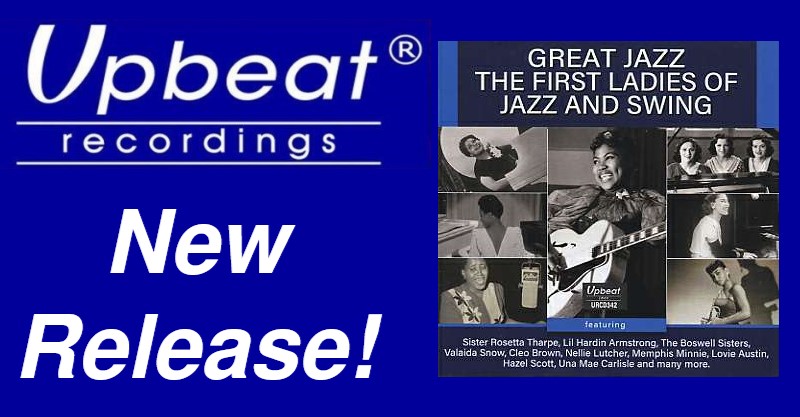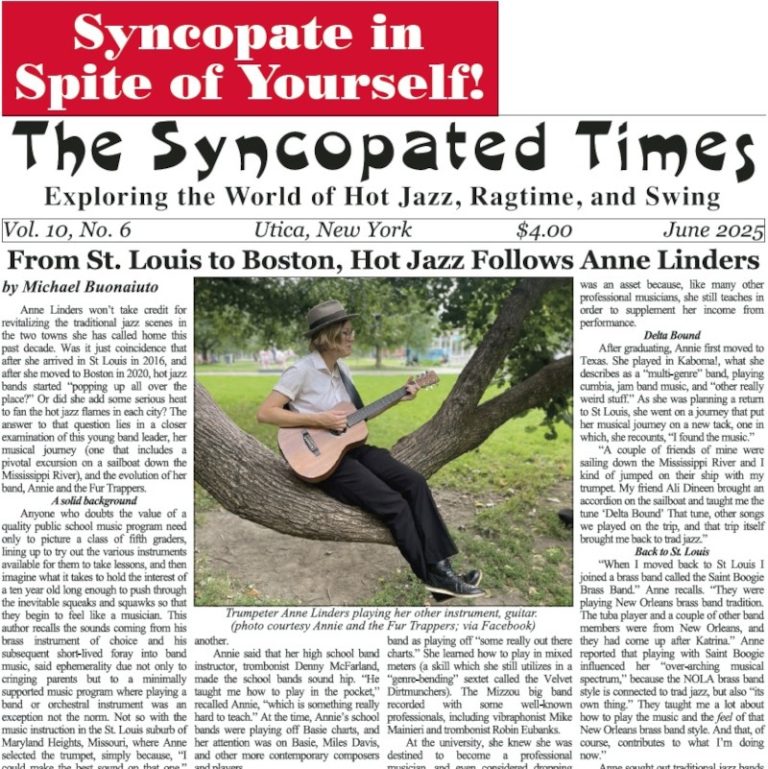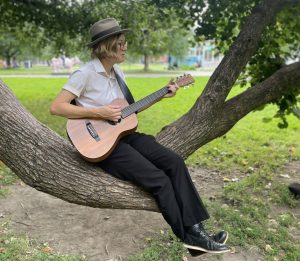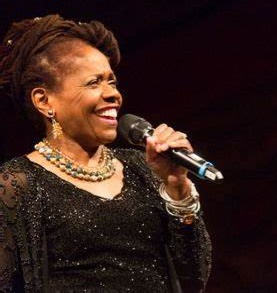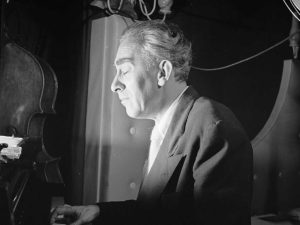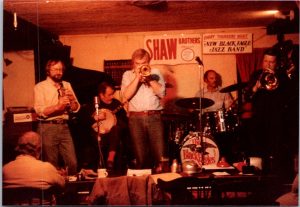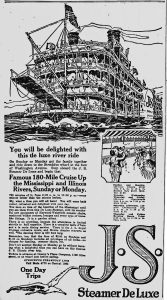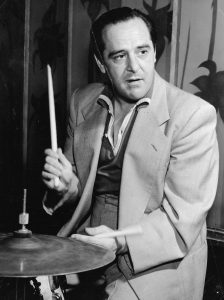What is it that T.S. Monk would like you to know about his famous father on the 100th anniversary of the elder Monk’s birth (October 10th, 1917)?
As the third generation in the family named Thelonious Sphere Monk, in a very personal and caring talk before a performance by his 10-piece band, TSM-3 will tell you that family was all-important to the legendary pianist who became known as “The High Priest of Bebop.”
Family
“My father liked to have his family around him. He was a father first and was so normal with me. He took the time to be Daddy. While we don’t choose our parents, I am very fortunate to have had him as a father. We had a great relationship.”
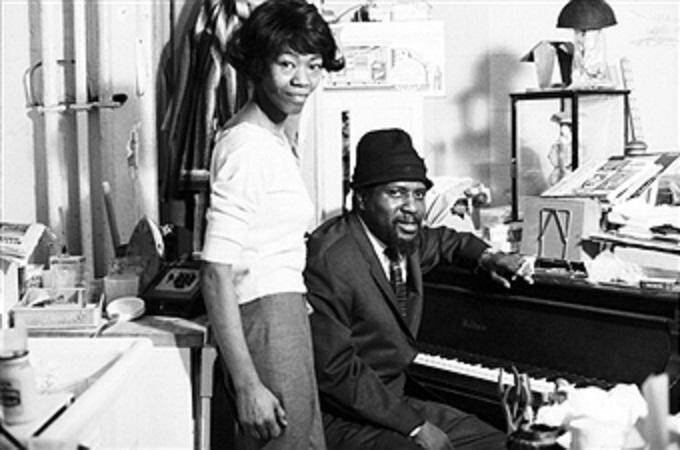
“He was crazy about his family and as such, wrote tunes that he named after each of us: ‘Crepuscule with Nellie’ for my mother; ‘Skippy’ for Nellie’s sister; ‘Jackie-ing’ for his niece; ‘Pannonica’ for Baroness Pannonica de Koenigswarter; ‘Green Chimneys’ and ‘Boo Boo’s Birthday’ for my sister; and last but not least, ‘Little Rootie Tootie’ for me.”
“My dad loved to play ‘Happy Birthday’ for people he was close to. On their birthdays, he would show up at their house and play the song for them. Each time it was a completely different arrangement.”
Sports
“My father enjoyed being athletic and played basketball until he was 35 years old. He was really good at ping pong and pool. Once he played 60 consecutive games of ping pong with John Coltrane, winning 59 of them. Coltrane considered my father his mentor and as such, just kept playing because that’s what Thelonious wanted to do. Dad would take me to the pool hall and just run the table. Even though I was a kid, he’d never let me win.”
“He loved to play Yahtzee, a board game with dice. He and my mother would play for hours on end. He was also crazy about Laurel & Hardy movies. When he was home, he would sometimes sit and watch them for hours. In 1956, he brought a brand-new black-and-white Buick and named it the ‘Piebald Beetle.’ He drove it for about two or three months, and then it was stolen. It was returned in perfect condition, but my father said the vibrations in the car had changed, and he never drove it again.”
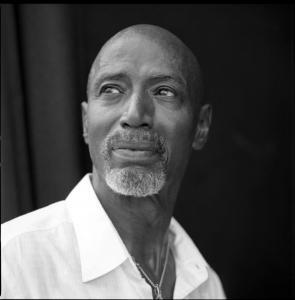
courtesy International Jazz Productions)
Neighborhood
“We lived at 243 West 63rd Street in New York City. Outside of the door in this ground-floor apartment, there was a steam pipe and in the hallway, embedded in the floor—a mosaic of a star. Whenever he left the house, I watched my father spin on the star and then bang his ring on the pipe. He never gave any reason why he did it, but it was a ritual with him, and he did it every time…I mean every time I ever watched him.”
Guidance
T.S. Monk remembers the constant stream of famous musicians that came to visit the apartment: Dizzy Gillespie, Miles Davis, Charlie Parker, just to name a few. “My dad was greatly respected by other musicians and was a gathering point. He never pressured me to be a musician and once told me ‘You don’t have to be like me. Just be yourself. I admired his honesty and character.’”
“When I was 15, I told him I wanted to be a professional drummer. He immediately made two phone calls—which was usual for him to make consecutive phone calls: one to Art Blakey, who gave me my first drum set, and one to Max Roach, from whom I took lessons. For the next five years, my father let me find my own way and finally invited me to join his band.” The senior Monk was not primarily motivated by monetary reward, according to his son. “He was not overly impressed with himself and has been described as ‘very unpretentious.’ His best year financially was 1964 when he made $45,000. I will make more in the next seven days than he did in that entire year.”
“Dad was not born a jazz musician. He was a classically-trained pianist deeply immersed in music tradition who was influenced by Jelly Roll Morton, Willie “The Lion” Smith, Duke Ellington, and Count Basie. His harmonics were unique, and he brought about major changes in the world of jazz. He had great karma, and his ideology transcended his music. Some people are put here to deliver a message, and he dared to be different which resulted in moving an entire genre forward. Even today, his influence is everywhere.”
Music
Born in Rocky Mount, North Carolina, Thelonious Monk Jr. is the second most-recorded jazz composer after Duke Ellington, which is particularly remarkable as Ellington composed more than a thousand pieces, whereas Monk wrote about 70. Monk’s 1944 composition “Round Midnight” is the most-recorded jazz standard composed by a jazz musician.
His compositions and improvisations feature dissonances and angular melodic twists and are consistent with his unorthodox approach to the piano, which combined a highly-percussive attack with abrupt, dramatic use of switched key releases, silences, and hesitations.
Monk was renowned for his distinctive style in suits, hats, and sunglasses. He was also noted for an idiosyncratic habit observed at times during performances: While the other musicians in the band continued playing, he would stop, stand up from the keyboard, and dance for a few moments before returning to the piano. His piano is currently on its way to the National Museum of African-American History & Culture in Washington, D.C.
Legacy
To honor his father’s legacy and support the efforts of education, T.S. Monk turned his attention toward forming the Thelonious Monk Institute of Jazz in 1986. As chairman, he has been at the forefront of helping to create programs that range from graduate-level competitions in jazz performance to promoting music education in schools throughout the world.
It’s obvious that 67-year-old Thelonious Sphere Monk III is a devoted son who enjoys talking about his father, who passed away in 1982. He concluded the 70-minute conversation by saying, “My dad had a charmed life and was a really good man.”
Lew Shaw started writing about music as the publicist for the famous Berkshire Music Barn in the 1960s. He joined the West Coast Rag in 1989 and has been a guiding light to this paper through the two name changes since then as we grew to become The Syncopated Times. 47 of his profiles of today's top musicians are collected in Jazz Beat: Notes on Classic Jazz.Volume two, Jazz Beat Encore: More Notes on Classic Jazz contains 43 more! Lew taps his extensive network of connections and friends throughout the traditional jazz world to bring us his Jazz Jottings column every month.




